Money decides who survives the planet’s meltdown.

Climate change isn’t just an environmental problem anymore. It’s becoming the ultimate divider between those who can afford to escape danger and those who can’t. When hurricanes flood neighborhoods, when wildfires consume entire towns, when heat waves make cities uninhabitable, your bank account determines whether you live or die.
The harsh truth is that climate disasters don’t discriminate, but recovery does. While wealthy communities rebuild with better infrastructure and move to safer areas, poor families get stuck in harm’s way. This isn’t just unfair—it’s creating a system where income literally determines survival.
1. Rich neighborhoods get rebuilt faster.
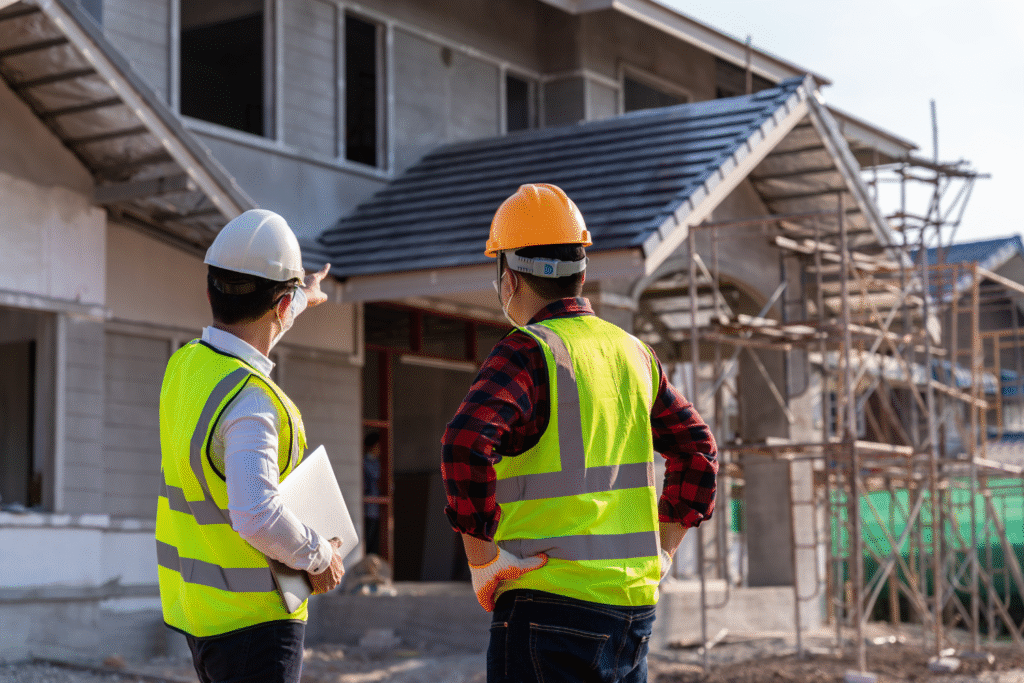
After major climate disasters strike, the speed of recovery depends entirely on property values and political influence. Wealthy communities receive immediate attention from contractors, insurance companies, and government officials who fast-track permits and funding. Meanwhile, low-income neighborhoods wait months or years for basic services to return.
Hurricane Katrina proved this pattern devastatingly clear when affluent areas of New Orleans were restored within months, while predominantly Black and poor neighborhoods remained abandoned for years. According to the Brookings Institution, many of these communities never fully recovered their pre-storm population levels. The message becomes crystal clear when disasters hit again and again in the same vulnerable areas.
2. Insurance companies abandon high-risk areas.

Major insurance providers are quietly retreating from climate-vulnerable regions, leaving behind communities that can’t afford premium coverage or private alternatives. State-backed insurance programs become the last resort, but they often provide minimal coverage that doesn’t come close to replacing what families lose. Homeowners in Florida, California, and Louisiana are discovering their policies won’t cover flood damage, wildfire destruction, or wind damage as reported by the Insurance Information Institute.
Without adequate insurance, families face impossible choices after disasters strike. They can’t afford to rebuild properly, can’t sell damaged properties, and can’t move somewhere safer. The cycle traps them in increasingly dangerous areas while wealthier residents relocate to climate havens with their insurance payouts intact.
3. Climate migration creates housing shortages.
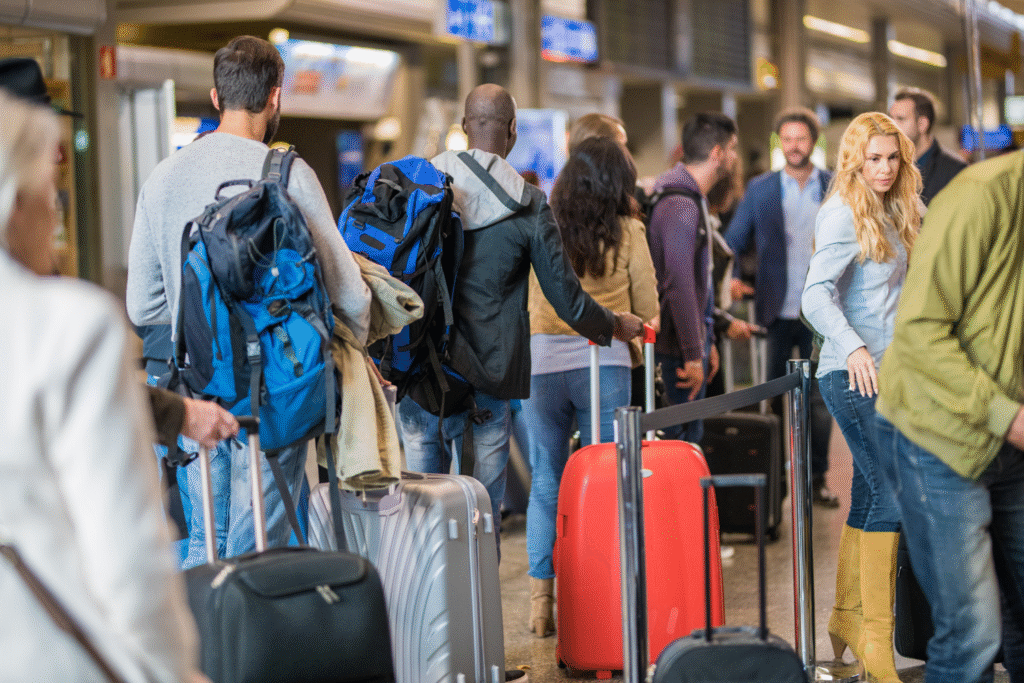
People fleeing climate disasters don’t just disappear—they move somewhere else, creating housing competition in safer areas that drives up costs exponentially. Cities like Austin, Denver, and Minneapolis are seeing massive population influxes from climate refugees, but the housing supply can’t keep pace with demand. According to the Federal Reserve Bank of Dallas, climate migration has contributed to 15-20% of housing cost increases in destination cities.
Working families who already lived in these “climate haven” cities find themselves priced out of their own neighborhoods. Landlords raise rents knowing desperate climate migrants will pay premium prices for safety. The result creates a domino effect where climate change displaces not just the direct victims of disasters, but also the existing residents of safer areas.
4. Air conditioning becomes a luxury.

Extreme heat kills more people than any other weather-related disaster, but deaths aren’t random—they follow income lines with deadly precision. Poor families living in older apartments without central air, in neighborhoods with less tree cover, face temperatures that can literally cook them alive. When electricity grids fail during heat domes, those without backup generators or the money to flee to cooler areas become trapped.
Cooling centers help some people, but they’re often overcrowded, understaffed, and located far from the neighborhoods that need them most. Elderly residents on fixed incomes face the brutal choice between paying for air conditioning or buying food and medication. Heat becomes a class divider where your income determines whether you can afford to stay alive during summer months.
5. Food prices skyrocket.

Climate disasters don’t just destroy homes—they wipe out crops, livestock, and entire agricultural systems that feed the country. When floods destroy farmland in Iowa or droughts devastate California’s Central Valley, food prices surge nationwide within weeks. Poor families spend a much higher percentage of their income on food, so these price spikes force impossible budget decisions.
Wealthy families barely notice when groceries cost 20% more, but working families have to choose between feeding their children adequately or paying rent on time. Food deserts in low-income urban areas become even more severe when supply chains get disrupted by climate disasters. The cycle pushes vulnerable families deeper into poverty right when they need resources most to prepare for the next disaster.
6. Public transportation fails.
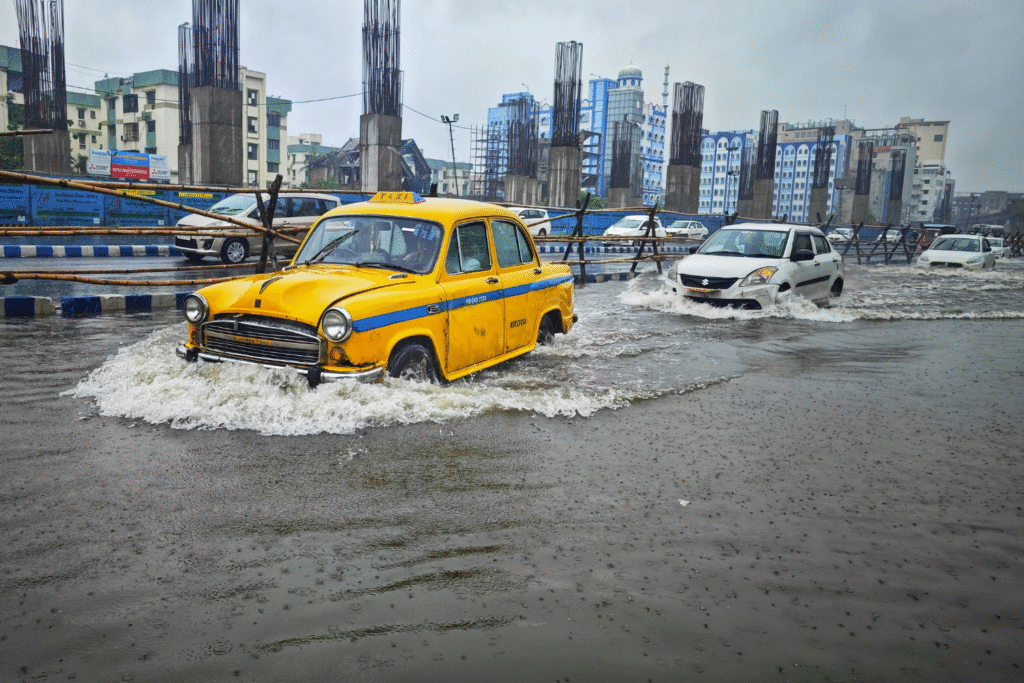
When disasters strike, public transit systems shut down first and restart last, stranding people without cars in dangerous situations. Buses stop running when floods approach, subway systems close during hurricanes, and train services get cancelled when wildfires threaten tracks. Meanwhile, families with reliable vehicles can evacuate quickly to safety.
Car ownership correlates strongly with income, creating a mobility divide during climate emergencies. Poor families depend on public transportation that abandons them precisely when they need it most. Even when evacuation orders are issued, people without vehicles have no way to leave dangerous areas. Emergency shelters become overcrowded with people who couldn’t afford to evacuate, while highways fill with cars heading to safety.
7. Healthcare systems in poor areas collapse first.
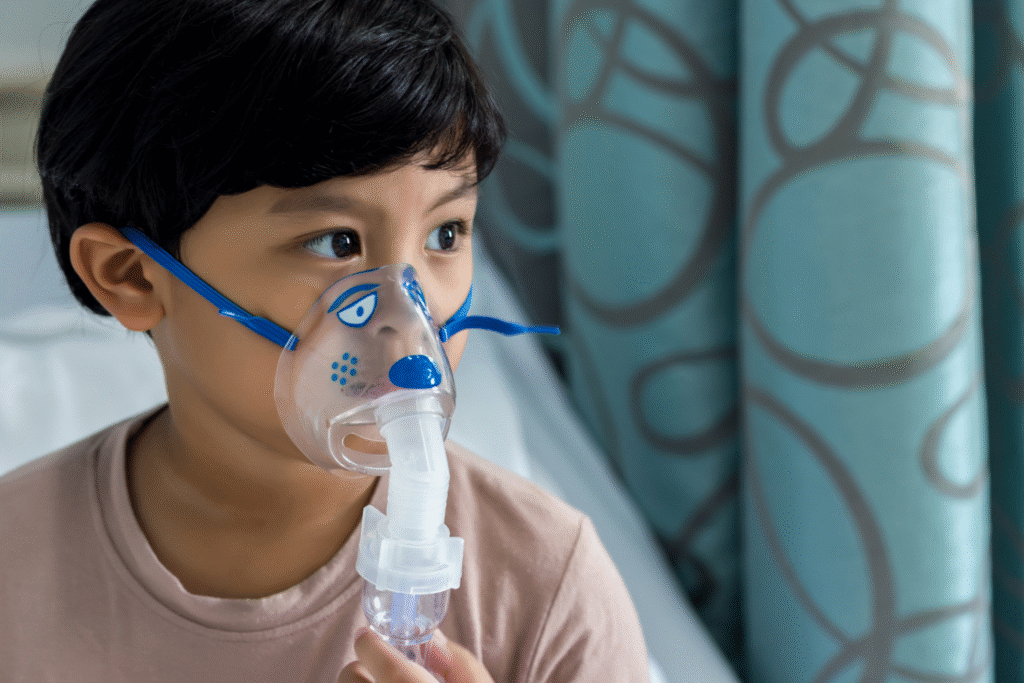
Hospitals and clinics in low-income neighborhoods operate on razor-thin budgets that leave no room for climate resilience investments. When disasters hit, these facilities lose power first, run out of supplies fastest, and struggle to maintain operations while wealthier hospital systems continue functioning with backup generators and emergency protocols.
Chronic health conditions that disproportionately affect poor communities become deadly during climate disasters. Diabetics who lose refrigeration for insulin, dialysis patients who can’t reach treatment centers, and asthmatics breathing wildfire smoke face medical emergencies that wealthy areas handle routinely. The healthcare disparities that exist during normal times become life-threatening gaps when climate disasters strain the entire system beyond capacity.
8. Schools in low-income areas stay closed longer.
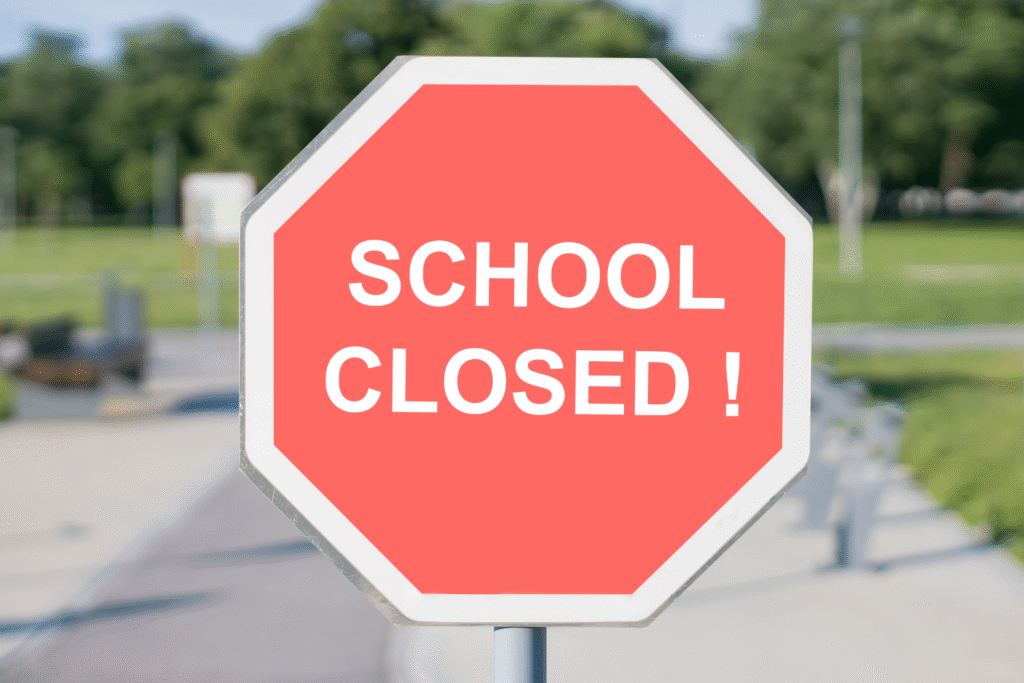
Children from poor families lose months or years of education when climate disasters damage schools in their neighborhoods. Wealthy school districts have the resources and political influence to reopen quickly with temporary facilities, upgraded infrastructure, and comprehensive support services. Poor districts struggle to secure basic funding for repairs and often can’t provide transportation to alternative locations.
Educational disruption creates long-term consequences that extend far beyond the immediate disaster. Students fall behind academically, families can’t return to work because children have nowhere to go during the day, and entire communities remain destabilized. The achievement gap widens dramatically after climate disasters, setting up another generation of economic inequality that makes future climate impacts even more devastating.
9. Water systems serving wealthy areas get priority.
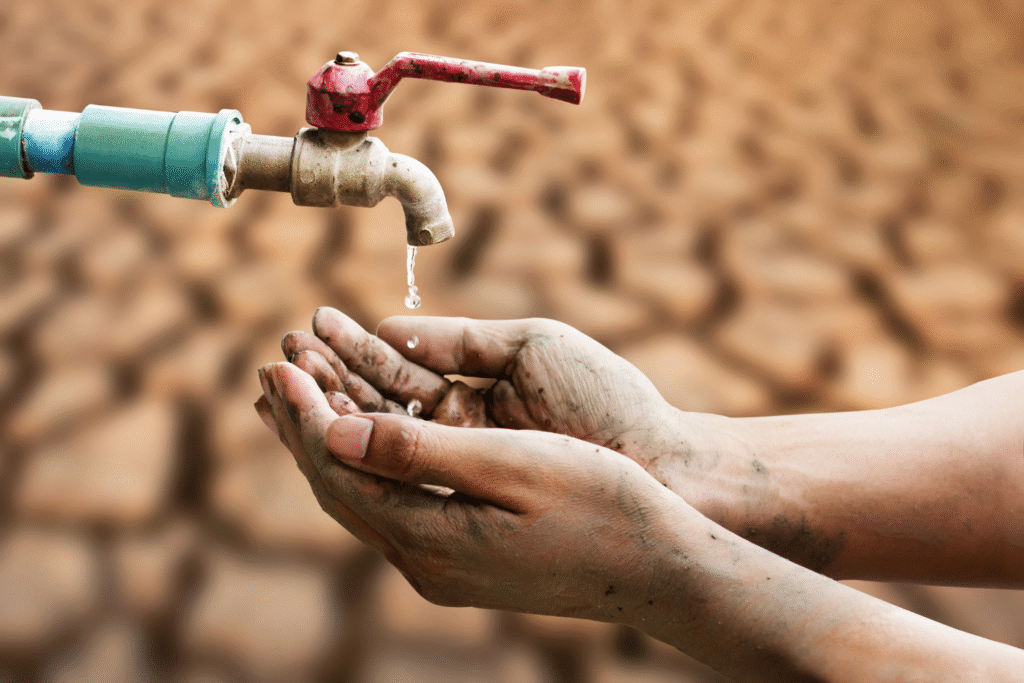
Clean water becomes scarce during climate disasters, but restoration follows clear economic lines that leave poor communities literally high and dry. Utility companies focus first on areas with the highest property values and most political influence, leaving low-income neighborhoods without safe drinking water for weeks or months. Bottled water becomes an expensive necessity that strains family budgets.
Private wells in affluent suburban areas often have backup power systems and water storage that keeps supplies flowing during emergencies. Urban poor neighborhoods depend entirely on municipal water systems that fail catastrophically during floods, hurricanes, and heat waves. The health impacts of contaminated water disproportionately affect children, elderly residents, and people with compromised immune systems who can’t afford alternatives.
10. Mental health support disappears from poor communities.

The psychological trauma of losing everything to climate disasters affects everyone, but recovery resources flow toward communities that can pay for private therapy, counseling services, and psychiatric care. Poor families deal with disaster-related depression, anxiety, and post-traumatic stress without adequate mental health support systems that get overwhelmed and underfunded.
Children who lose their homes, pets, and sense of security need specialized trauma counseling that simply doesn’t exist in low-income areas recovering from climate disasters. Parents struggling with their own mental health can’t provide the emotional support their kids desperately need. The cycle creates lasting psychological damage that makes families even more vulnerable to future climate disasters, perpetuating a system where income determines not just physical survival, but emotional recovery too.
11. Wealthy families buy energy independence.
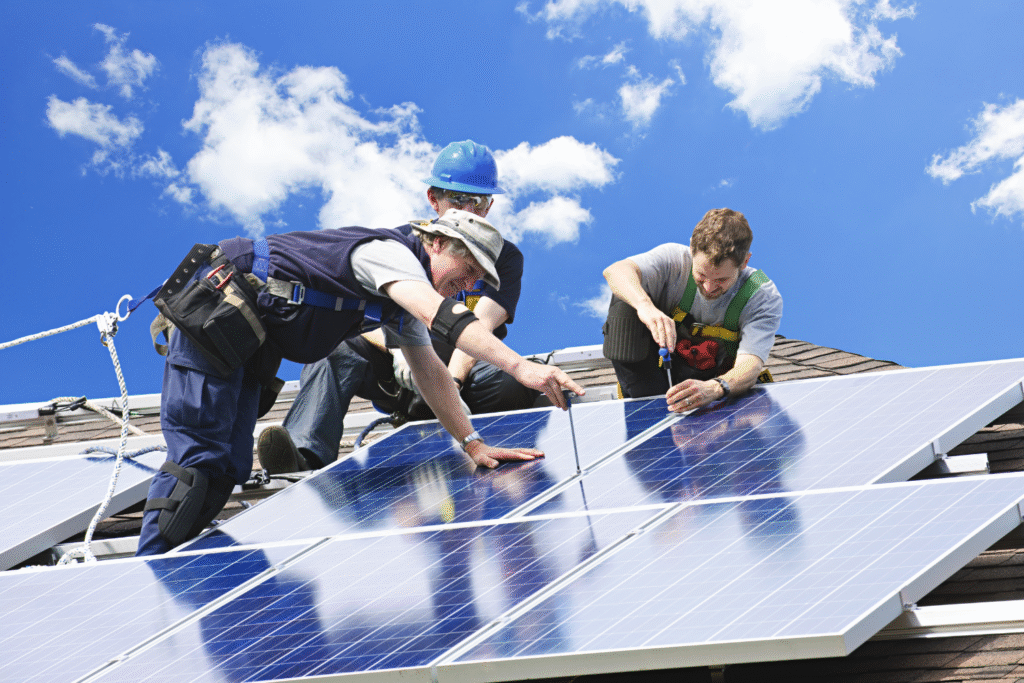
Solar panels with battery backup systems give wealthy households the ultimate advantage during climate emergencies when power grids collapse. About 60% of American families could theoretically benefit from solar-battery systems, but the technology remains concentrated among affluent communities who can afford the upfront costs. According to research from Stanford University, these benefits show limited alignment with areas of greatest need, particularly in regions facing high outage risks.
When hurricanes knock out electricity for weeks, wealthy families with solar and battery systems keep their air conditioning, medical equipment, and communication devices running while poor neighborhoods swelter in dangerous heat. The systems cost thousands upfront but provide decades of energy independence that literally saves lives during disasters. Poor families remain trapped depending on failing public infrastructure while wealthy households essentially purchase their way out of grid vulnerability through private energy systems.
12. Water systems become private luxuries.
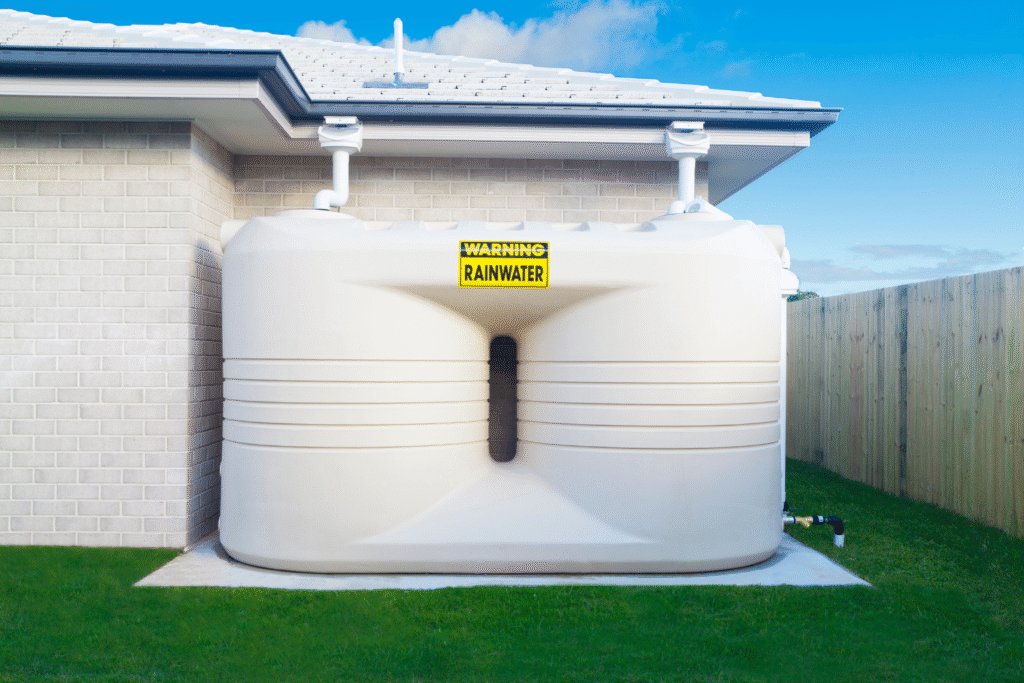
Private water systems create another survival advantage that money can buy during climate disasters when municipal water supplies fail or become contaminated. Greywater recycling and rainwater harvesting systems can reduce household water consumption by up to 40%, making affluent families essentially water-independent during emergencies. These systems cost thousands to install but provide reliable access to clean water when public systems collapse.
While poor families depend entirely on municipal water that gets shut off or contaminated during floods and storms, wealthy households with private water systems maintain full access to safe drinking water, irrigation for food gardens, and water for basic hygiene. The technology exists to make every home water-resilient, but the high upfront costs ensure that only affluent families can afford to buy their way out of dependence on failing public water infrastructure during climate crises.
